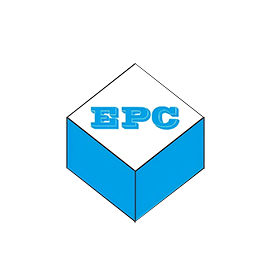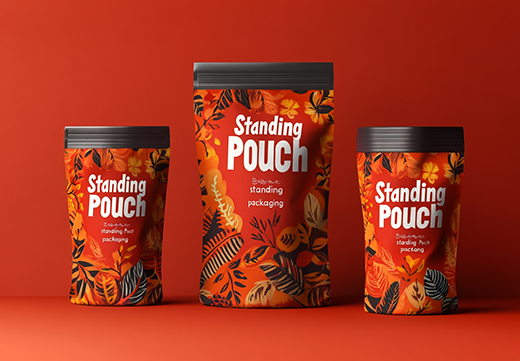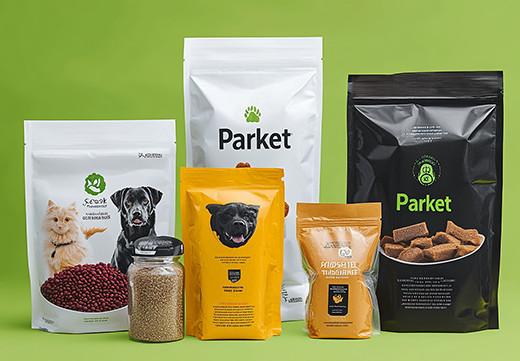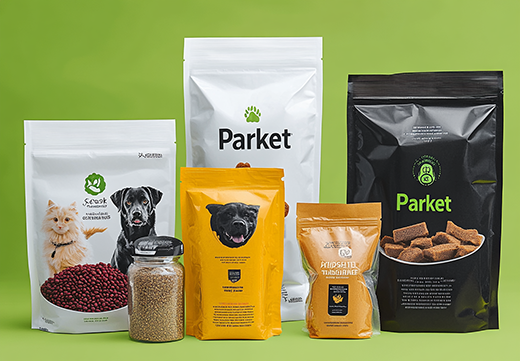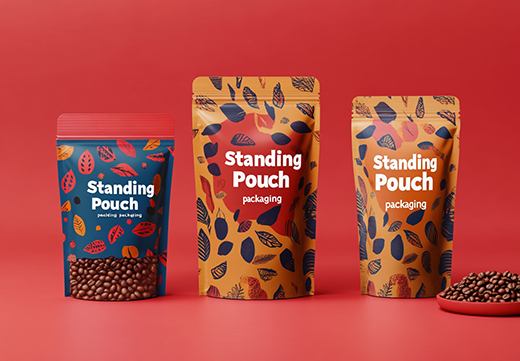Optimal Packaging Solutions for Dry Foods: A Practical Guide
Dry foods—from grains and coffee to snacks and baking ingredients—require packaging that preserves freshness, ensures durability, and enhances shelf appeal. With numerous options available, selecting the right packaging depends on your product’s specific needs, target market, and logistical requirements. Below, we explore the most effective packaging types for dry foods, along with their key benefits.
1. Stand-Up Pouches: Versatile and Consumer-Friendly
Ideal for: Snacks, coffee, powdered goods, and premium dry foods.
Key Features:
Self-supporting design – Flat, gusseted bottoms allow bags to stand upright on shelves.
Resealable options – Zippers or press-to-close seals extend freshness after opening.
High-barrier materials – Protects against moisture, oxygen, and UV light.
Printability – Full-color graphics enhance branding and product visibility.
Why Choose Stand-Up Pouches?
Their combination of functionality and visual appeal makes them a top choice for brands aiming to balance convenience with premium presentation.
2. Pillow Bags: Cost-Effective and Efficient
Ideal for: Single-serve snacks, bulk goods, and promotional samples.
Key Features:
Simple three-seal construction – Heat-sealed on three sides for easy filling.
Lightweight and economical – Reduces material costs and shipping weight.
Transparency options – Clear windows showcase product quality.
Best Use Cases:
Perfect for short runs, seasonal products, or brands testing new markets with minimal upfront investment.
3. Tin-Tie Bags: Classic and Functional
Ideal for: Coffee, tea, artisanal foods, and bakery items.
Key Features:
Fold-over closure with tin-tie – Keeps contents fresh and allows resealing.
Natural aesthetic – Kraft paper material conveys artisanal or eco-friendly branding.
Optional liners – Foil or plastic liners add moisture resistance for sensitive products.
Retail Advantage:
Popular in cafes and specialty stores, these bags combine rustic charm with practical functionality.
4. Side-Gusseted Bags: Space-Saving and Durable
Ideal for: Flour, sugar, pet food, and bulk dry goods.
Key Features:
Expandable sides – Accommodates varying product volumes.
Flat-bottom stability – Stands upright when filled.
Reinforced seams – Handles heavier weights without tearing.
Logistical Benefits:
Their compact storage when empty and sturdy construction make them ideal for shipping and retail display.
5. Block Bottom Bags: Premium and Practical
Ideal for: Coffee, gourmet foods, and products requiring extended shelf life.
Key Features:
Reinforced base – Maintains shape whether empty or full.
Advanced barrier options – Protects against air, light, and moisture.
Customizable closures – Zippers, degassing valves, or tin-tie options.
Brand Perception:
Often associated with high-end products, these bags convey quality and freshness.
Choosing the Right Packaging: Key Considerations
When selecting packaging for dry foods, consider:
✔ Product Sensitivity – Does it need oxygen/moisture barriers?
✔ Shelf Life Requirements – Will it be stored long-term?
✔ Retail Environment – Does it need to stand out on crowded shelves?
✔ Sustainability Goals – Are recyclable or compostable materials preferred?
Why Customization Matters
While stock options exist, custom packaging ensures:
Perfect fit for your product’s size and weight.
Brand consistency with tailored designs and materials.
Competitive edge through unique structural or functional features.
For expert guidance on optimizing your dry food packaging, consult with a packaging specialist to align your needs with the best solution.
